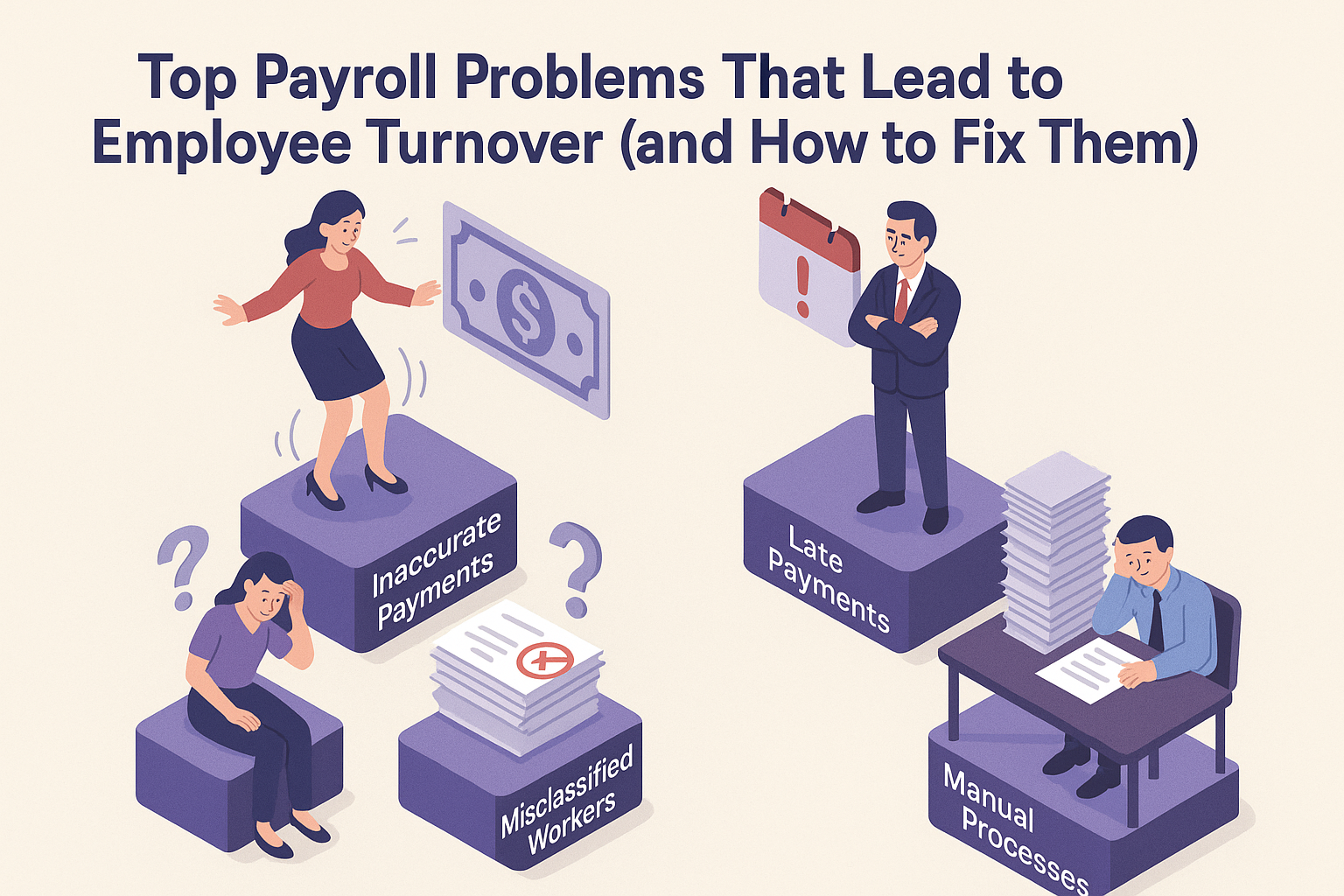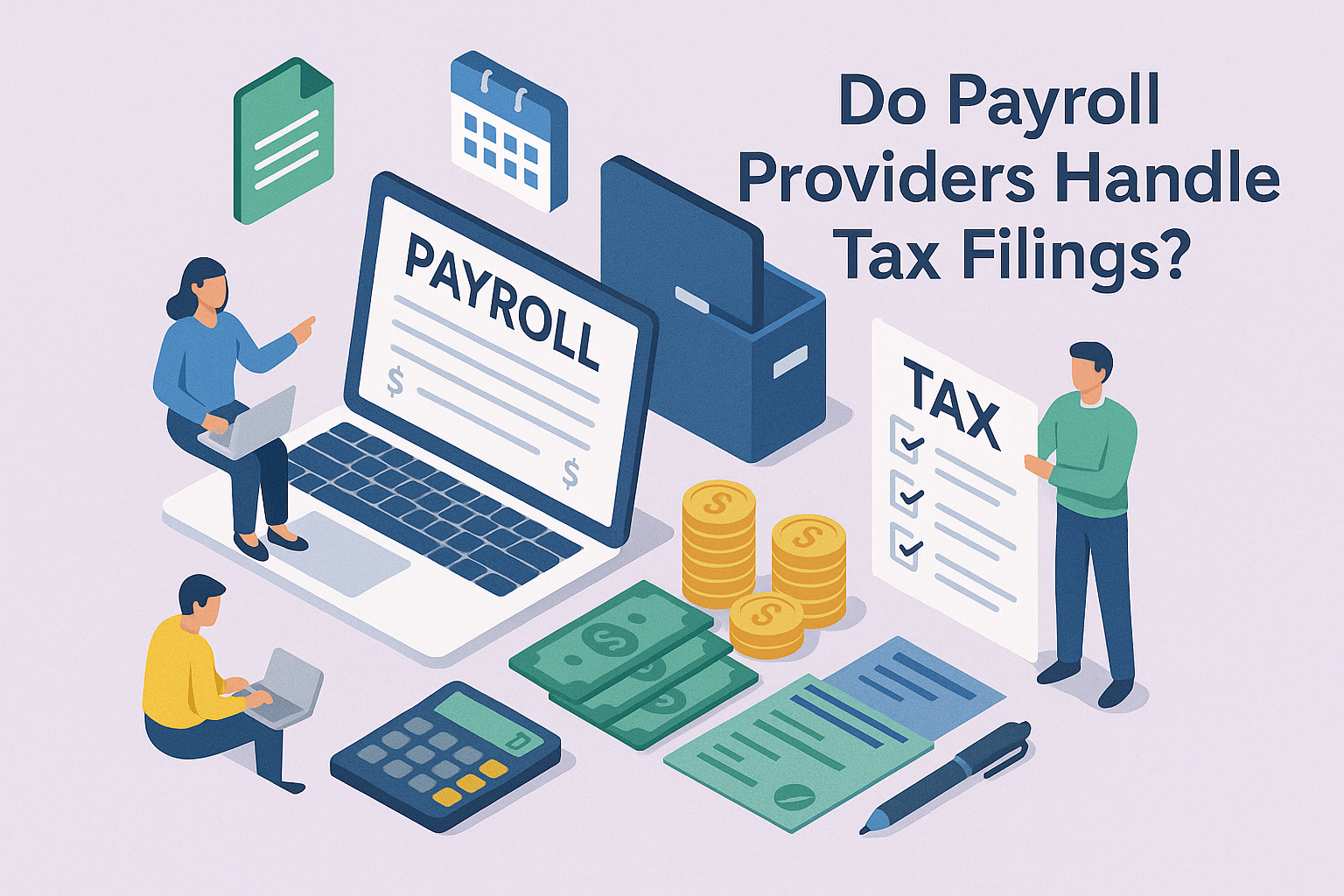
Choosing a healthcare plan is hard enough to do for yourself. Without proper training and resources, building out a benefits package for your company can be infinitely more nerve-wracking and consequential. But there is hope! Lift HCM is an independent human capital management provider that’s helped companies like yours structure and streamline the incorporation of new health benefits into their payroll.
Let’s take a closer look at three types of accounts employers can allow, offer, and even sponsor to keep their workforce healthy. Developing an understanding of these foundational instruments makes it easier to begin building a benefits package which best suits the unique needs of your company and workforce.
What Is an HRA, HSA and FSA?
Health reimbursement arrangements, health savings accounts and flexible spending accounts are all tax-advantage accounts that help you save on healthcare. These are the basic similarities and differences between them.
Health Savings Account (HSA)
A health savings account (HSA) is a high-deductible health plan in which members may contribute pre-tax dollars to put toward qualified medical expenses. Contributions are capped at $3,850 individually or $7,750 per family. Both member and employer contributions can be deducted from state, federal and FICA taxes. HSA funds can also be invested with tax-free earnings. Your funds never expire and can be transferred between employers.
Flexible Spending Account (FSA)
A flexible spending account (FSA) allows employees to make tax-free contributions which can be used to pay for or reimburse qualified medical expenses. Contributions are deducted with each pay period with total contribution capped at $3,050 a year. Employees may also choose to contribute to employees’ plans. These plans are not transferable between employers.
Some FSAs can only be opened in tandem with or supplementary to a group insurance plan. Contribution amounts can only be changed during open enrollment or following a qualifying life event.
Employers may also choose to either allow up to a maximum of $610 in unused funds to roll over into a new year or offer employees a grace period of up to two and a half months with which to spend remaining funds. Where they got that ten bucks from is anyone’s guess.
3 Types of Flexible Spending Account
FSAs come in three flavors (disappointingly, rum raisin isn’t on the roster)…
Healthcare FSA: Most medical, dental, pharmaceutical, and vision-related costs are covered as eligible expenses under a healthcare flexible spending account (or “healthcare FSA”). This means everything from ibuprofen to playing everyone’s favorite game: “Skin Tag, Tumor, or Vestigial Twin?”.
Limited Purpose FSA (LPFSA): a limited purpose FSAs (LPFSA) narrows the scope of eligible expenses down to dental and vision care.
Dependent Care FSA (DCFSA): a dependent care FSA (DCFSA) applies exclusively to disabled spouses, parents receiving senior care, and children under the age of 13.
Health Reimbursement Arrangement (HRA)
A health reimbursement arrangement (HRA) is wholly owned and funded by employers. As such, the funds are not portable. Employers set the contribution amounts at the beginning of the plan year and may deduct them from state, federal and FICA taxes. Contribution limits vary by plan. Employers only pay for employee utilization (which is commonly around typically 75%). If employers elect to allow unused funds to carry over into a new year, the rollover amount is capped at $500. They may also offer a grace period of two and a half months.
Expenses eligible for reimbursement vary by plan. Unlike HSAs and FSAs, some HRAs allow funds to be used towards covering the cost of insurance premiums. HRA funds may shift from non-taxable to taxable income in certain circumstances.
This includes:
- Unused funds applied to 401(k) contributions or other company benefits.
- Death benefits drawing upon unused funds and applied to non-medical expenses.
- End-of-year reimbursements for unused funds exclusively reserved for medical expenses.
5 Types of Health Reimbursement Arrangement
There are six types of health reimbursement arrangement, each with their own set of stipulations, relative advantages, and use cases.
Standard Health Reimbursement Account (Standard HRA)
Employees covered under a standard health reimbursement account (or “standard HRA”) must also enroll in a group health plan. It’s also worth noting that funds in these accounts don’t carry over between years.
Individual Coverage HRA (ICHRA)
An individual coverage health reimbursement account (ICHRA) can be offered on its own or as an alternative to a group healthcare plan. Not only are there no limits on contributions from both employers and employees, but contributions can also be used to cover the cost of health insurance premiums (in addition to the usual expenses).
Excepted Benefit HRA (EBHRA)
“Excepted benefits” are medical benefits for specific medical conditions or which would otherwise need to be covered independently of one’s insurance plan. An excepted benefits health reimbursement account (EBHRA) allows for the contribution of up to $1,800 in pre-tax dollars to cover things like…
- COBRA insurance costs,
- Short- and long-term care costs, and
- Vision and dental copays, premiums, and deductibles.
While employer-sponsored EBHRAs must be offered in tandem with a non-excepted plan, employees do not have to enroll in group or individual plans to enroll in an EBHRA.
Qualified Small Employer HRA (QSEHRA)
Employers with fewer than 50 full-time staff members may choose to offer a qualified small employer health reimbursement account (QSEHRA). QSEHRA funds can be put toward both eligible medical expenses as well as insurance premiums. Employees covered by QSEHRA first pay for healthcare costs out of pocket before receiving reimbursement.
Employer contributions are tax-free provided employees are jointly enrolled in a policy which meets ACA standards for minimum essential coverage (MEC). However, employers are otherwise prohibited from offering alternative group coverage options in tandem with QSEHRA benefits.
Employers don’t have to wait for the open enrollment period to offer QSEHRA benefits. This option also gives them more agency over setting contribution amounts (e.g. individual versus family plans or whether to include part-time and seasonal employees). They may also choose whether unused funds carry over between years. Employer contributions are capped at $5,850 for individuals and $11,800 for families.
Retiree Health Reimbursement Account
Retiree health reimbursement accounts cover the cost of qualified expenses and insurance premiums for an employee upon their retirement. Employer contributions are not considered to be employee wage income and there is no cap on employer contributions.
Unless otherwise stipulated by the employer, unused retiree HRA funds carry over in perpetuity (assuming Ruth from Accounts Receivable is the immortal time lord we believe her to be). Retiree HRA funds can also be invested to generate additional earnings over time.
What’s Next for Employers?
By now, you’re probably anxiously aware of what’s riding on your decisions when building out company healthcare packages for your employees. We hope this guide has given you a better idea of the relative advantages and limitations of each option and made it easier to zero in on the ones that best meet your needs.
As a trusted provider of human capital management services, Lift HCM has over 50 years of experience gracefully incorporating the transfer, withholding, and payout of funds in client HSAs, HRAs, and FSAs. We’re happy to help you give your best to the team that gives you theirs. Schedule a meeting with a business development manager if you need a Lift!
Jason Noble is a seasoned expert in payroll and human capital management. With a wealth of experience in streamlining payroll processes and optimizing workforce management, Jason has successfully held key roles at leading organizations. His deep understanding of industry best practices ensures that his insights are both practical and authoritative.


.png?width=1536&height=1024&name=Create%20a%20background%20that%20reads%2c%20How%20Long%20to%20Keep%20P%20(1).png)


















